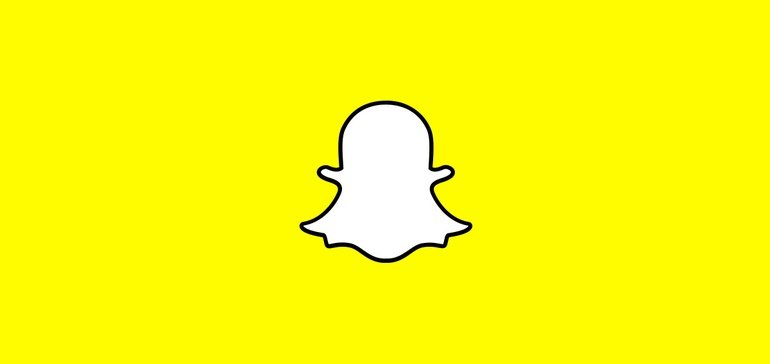SOCIAL
Snapchat Outlines its Approach to Misinformation and How it’s Seeing Success in Combating its Spread


Snapchat has published a new overview of its ongoing efforts to combat the spread of misinformation in its app, which also provides some valuable insights into the variance between Snap and other platforms, and why it requires a unique, dedicated approach.
While Facebook and Twitter work to contain false information, particularly around vaccine side effects amid the COVID-19 pandemic, Snapchat has largely remained out of the discussion around the same, with its alternative approach to social potentially outlining a framework to better manage news distribution in this respect.
Essentially, Snapchat says that it’s ultimately seeing success with its approach to misinformation and safety due to the app’s design, which is focused on maintaining close connections, as opposed to broadcasting to the general public.
As explained by Snap:
“Snapchat was originally built to help people talk to their close friends, rather than provide the opportunity to broadcast messages across the app. And we have always felt a deep responsibility to make sure that the news and information our community sees on Snapchat is credible, from trusted and clear sources.”
Indeed, the more enclosed nature of the app does afford it some benefits in this regard, while as noted, that also provides an interesting point as to why Snapchat marketing is different.
“Across our app, we don’t allow unvetted content the opportunity to ‘go viral.’ Snapchat does not offer an unmoderated open newsfeed where unvetted individuals or publishers can broadcast false information.”
The public news feed approach, which seeks to amplify content that generates the most engagement, really incentivizes the ‘hot take’ approach to press coverage, where balance and reason are less likely to spark interest than sensationalism and partisan reporting.
This has been underlined many times – a study conducted by MIT in 2018 found that false news stories are a full 70% more likely to be retweeted than true reports, while Twitter’s retweet chains of false reports “reach a cascade depth of 10 about 20 times faster than facts”. Another study published last year found Facebook to be driving significant traffic to untrustworthy news sources.
And it makes sense. Hollywood gossip magazines have fashioned an entire industry around longbow reporting, even blatantly false stories, because it’s far more interesting to share something controversial, something that goes against the grain, which is more exciting than people’s everyday lives. Part of us, inherently, wants to be the one in the know, the one who gets told the big secrets before everybody else, the behind the scenes info and chatter. And no doubt, and can be a thrill to share the latest rumors with your followers, and get all the Likes and comments as a result.
That makes sense, but when you expand that same framework to political news and health information, as we’ve seen more recently, that can have significant, dangerous consequences.
These days, however, everyone is their own media outlet, sharing and re-sharing the latest things ‘they don’t want us to know’. People can now curate their very own gossip magazines, on any issue that they like, and in many ways, it’s human nature to seek out these edge examples in a bid to crack the unknown codes of the world, and feel part of something bigger. That, in a broader sense, is a major issue in the social media landscape, and giving every person a platform to amplify such, because people want the notification rush, the pings of excitement that come with those red alerts in their apps.
Snapchat eschews this by deliberately not providing a public news feed, which lessens the incentive to be controversial, and to fish for likes and comments with these hot takes.
That’s really the biggest reason why Snapchat has been able to avoid much of the associated controversy, though it also notes that it takes additional, defined steps to prohibit the spread of identified misinformation, fact check all political and advocacy ads (by human review), and impose limits on the size of group chats to further reduce potential amplification.
There’s even a specific dig at Facebook’s approach to the same:
“Our approach to enforcing against content that includes false information is straightforward – we don’t label it, we completely remove it.”
In some ways, Snap can be seen as a model for moderation in these respects, but as Snap itself points out, it’s not the same as Facebook, Twitter or Instagram, in that public comments and discussion are not readily available, and have less opportunity to gain viral traction.
So while Snap is patting itself on the back here, it’s also clearly pointing out that it’s not the same as other social apps, so there’s not really a direct comparison.
Could other apps have approached things in a less public manner? I mean, Facebook kind of does, in that your main News Feed, where people spend most of their time, is populated by people who you’re connected to. But because everybody is on Facebook, that still gives it an expanded scope for amplification – if Snapchat had the same amount of users as Facebook does, it would likely be in a similar situation.
But maybe, removing public posting as an option could be a way to reduce the spread of such in all apps? Maybe that could lessen the incentive to post engagement bait, as a means to ‘go viral’ and get those Likes.
Maybe.
It’s hard to say, but it could be something worth considering – but then again, neither Facebook nor Twitter is likely to do that, given the engagement benefits they see from public posting in their apps.
So it’s not the same, it’s not a real comparison here. But it’s interesting to consider Snapchat as a case study on such either way.
